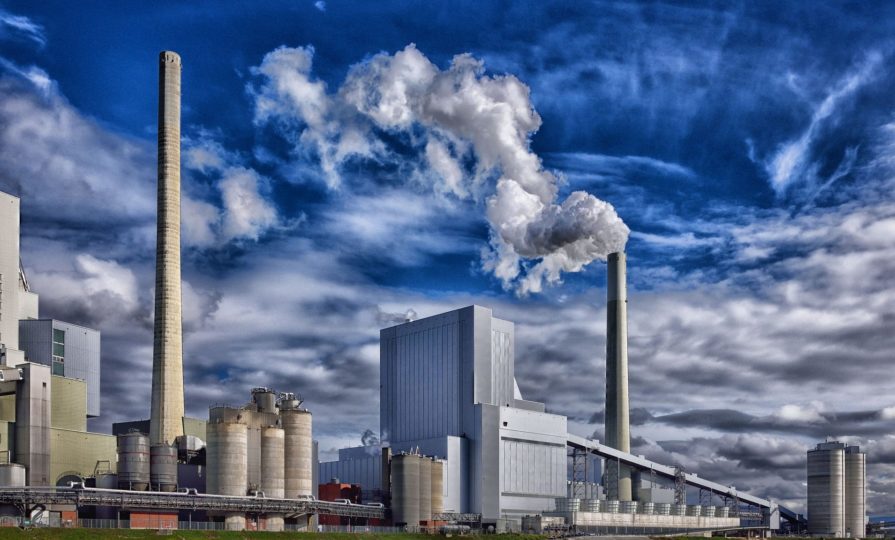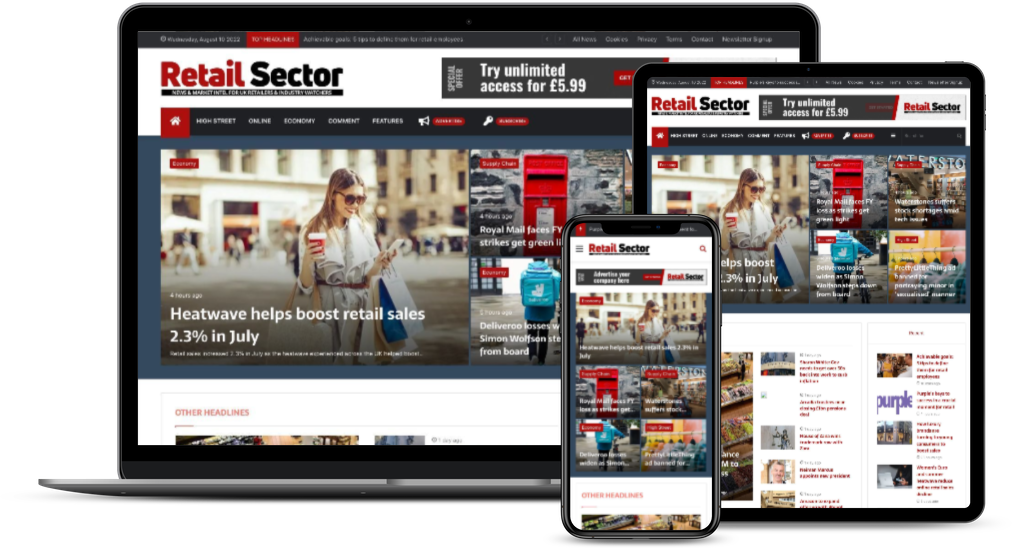Retail needs to play its part in reducing carbon emissions

A leaked study in 2008 revealed that emissions from shipping could be up to three times higher than previously believed. It was something of a wake up call for an industry that was on its way to becoming one of the largest contributors to global CO2 levels.




